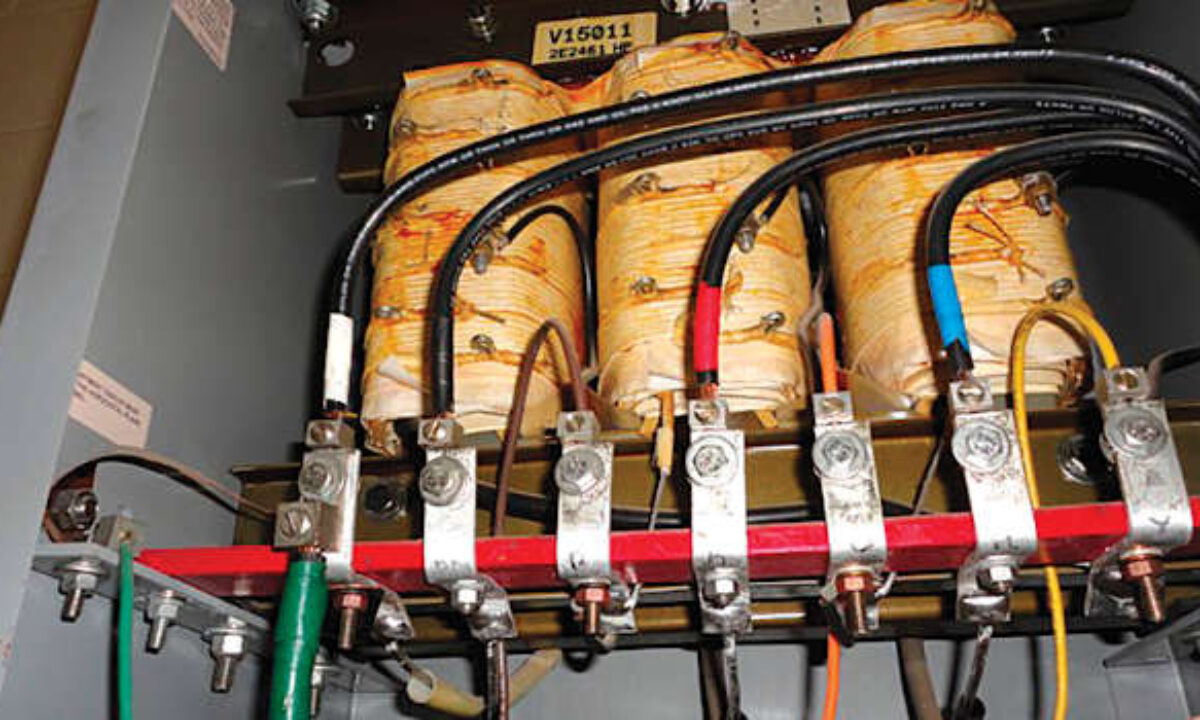Electricity is the backbone of modern society, powering homes, businesses, and industries. Behind the scenes, a complex network of equipment ensures the smooth generation, transmission, and distribution of electrical energy. Understanding the essential electrical utility equipment parts and their roles can provide insight into how power systems function efficiently.
1. Transformers: Adjusting Voltage for Safe Transmission
Transformers, which change voltage levels, are essential to the distribution of power. High-voltage power from generation stations is stepped down for safe consumption in residential and commercial areas. These components minimize energy loss and ensure an efficient power flow across long distances.
2. Circuit Breakers: Protecting Against Electrical Faults
Power distribution safety must be guaranteed, and circuit breakers are essential for avoiding electrical overloads and short circuits. These devices autonomously halt the electrical current upon detecting anomalies, thereby mitigating the potential for fires and preventing equipment damage. Their ability to reset quickly makes them a reliable protective measure in electrical grids.
3. Insulators: Preventing Unwanted Electrical Flow
Electrical utility networks rely on insulators to keep high-voltage currents from escaping the designated pathways. These parts are commonly made from porcelain, glass, or polymer materials, preventing electrical leaks and ensuring stability in transmission lines.
4. Conductors and Busbars: Facilitating Power Transmission
Conductors, often made of aluminum or copper, carry electricity across vast distances. They are complemented by busbars—flat, strip-like metal bars used to distribute electricity within substations. These components ensure minimal resistance and efficient power transfer between different sections of an electrical grid.
5. Switchgear: Managing Power Flow
Switchgear consists of an assembly of electrical disconnect switches, circuit breakers, and fuses that control power distribution. It enables technicians to isolate specific parts of the grid during maintenance or emergencies, minimizing downtime and preventing widespread outages.
6. Capacitors: Enhancing Power Quality
Capacitors help stabilize voltage levels and improve power factor correction in electrical grids. By reducing unwanted fluctuations, they optimize energy efficiency and ensure a steady flow of electricity to end-users.
7. Lightning Arresters: Shielding Against Voltage Surges
Lightning strikes and sudden power surges can severely damage electrical infrastructure. Lightning arresters absorb excess voltage and safely divert it into the ground, protecting transformers and other vital components from costly damage.
8. Relays: Automating Protection Mechanisms
Relays function as automated switching devices that monitor electrical conditions. When an abnormality such as an overload or fault occurs, relays send signals to trip circuit breakers, preventing further damage to the system.
9. Smart Meters: Enabling Accurate Energy Measurement
Modern power grids incorporate smart meters to track energy consumption in real time. These devices help consumers monitor usage patterns and enable utility providers to optimize load distribution, reducing energy wastage.
10. Substation Equipment: The Heart of Power Distribution
Substations house a combination of essential electrical utility equipment parts, including transformers, switchgear, and monitoring devices. They serve as the hub where high-voltage electricity is converted into usable power before reaching homes and industries.
Conclusion
The efficiency of electrical networks depends on the seamless operation of various interconnected parts. Every part is essential to preserving stability, safety, and dependability, from transformers and circuit breakers to insulators and lightning arresters. As technology advances, innovations in electrical utility equipment parts continue to enhance power system performance, ensuring uninterrupted service to communities worldwide.

